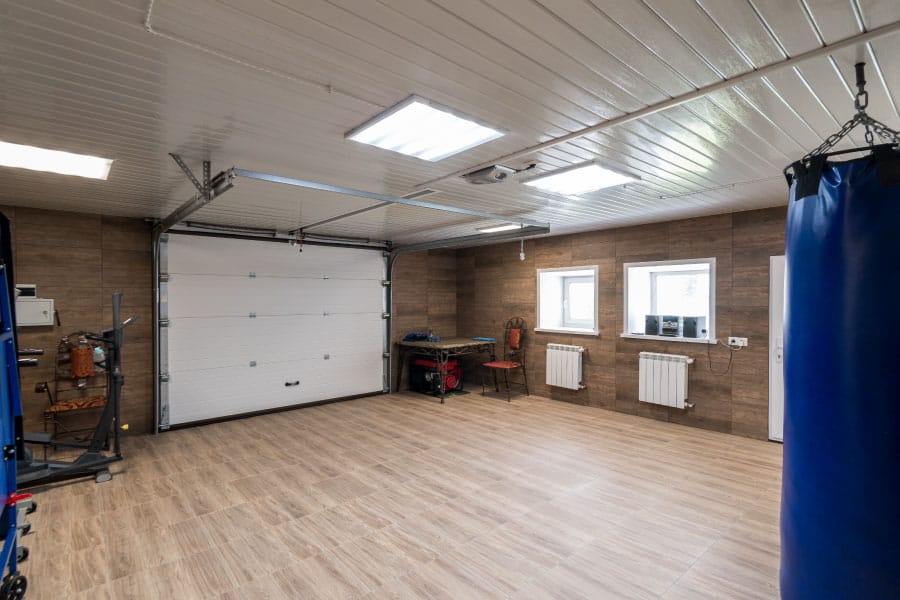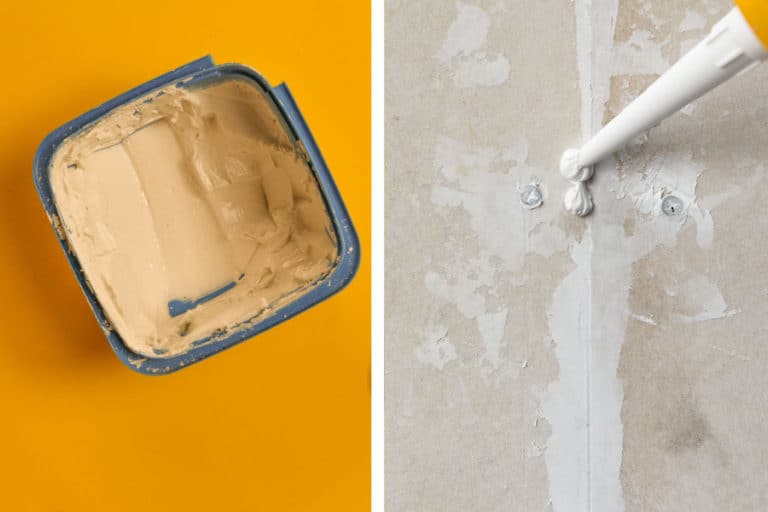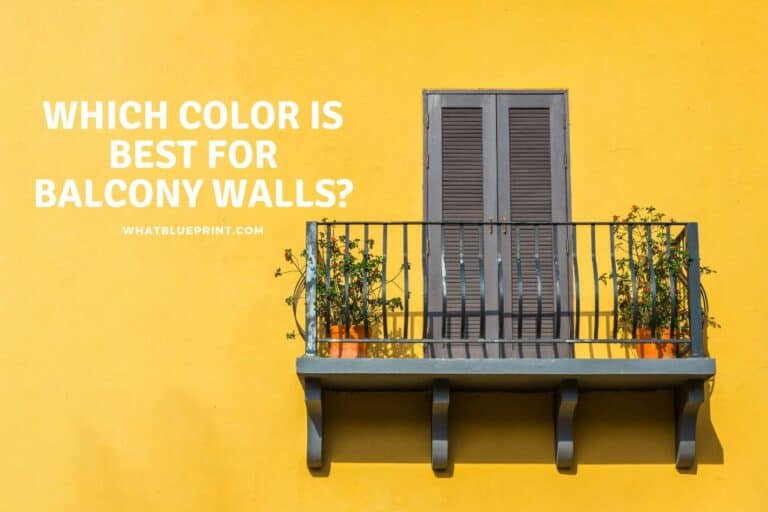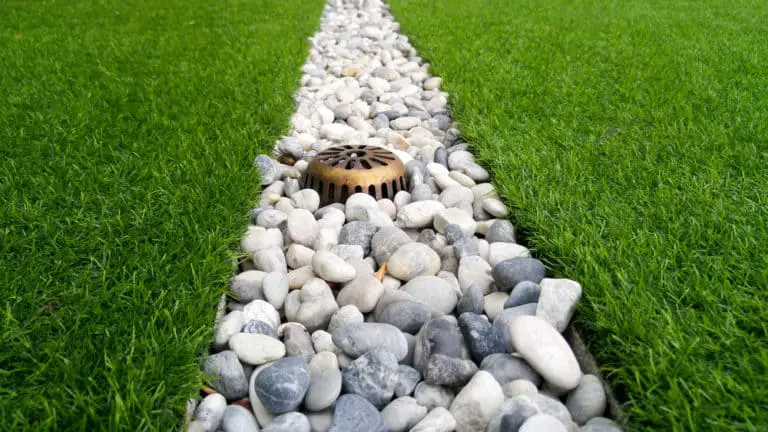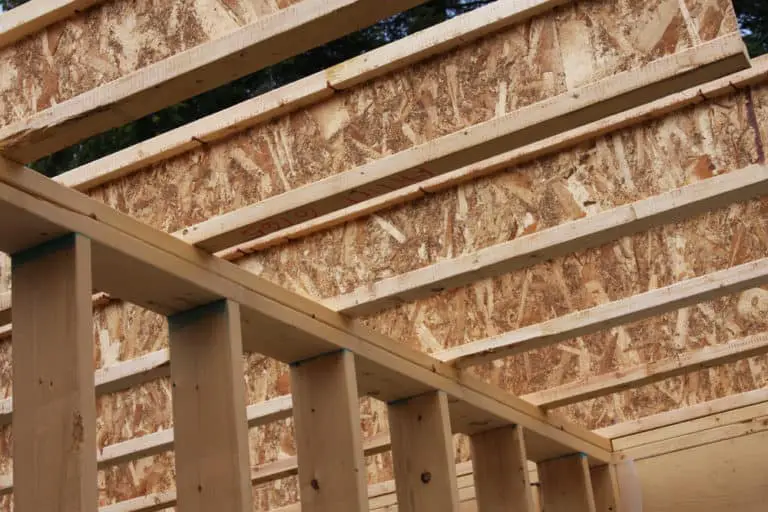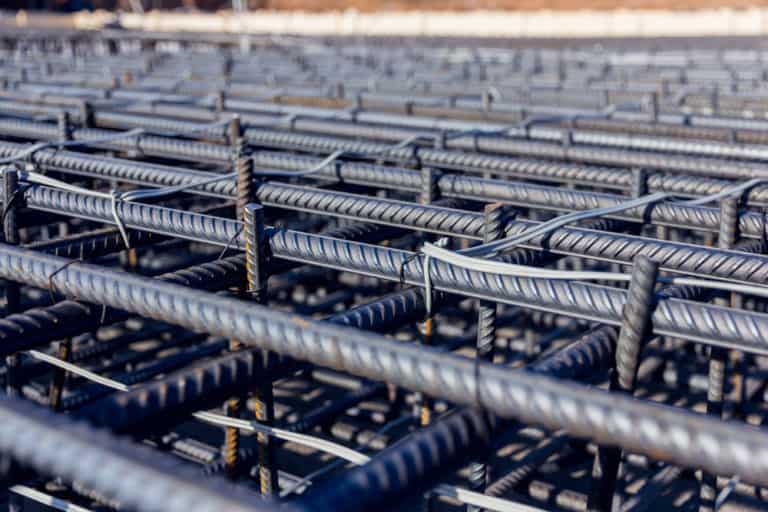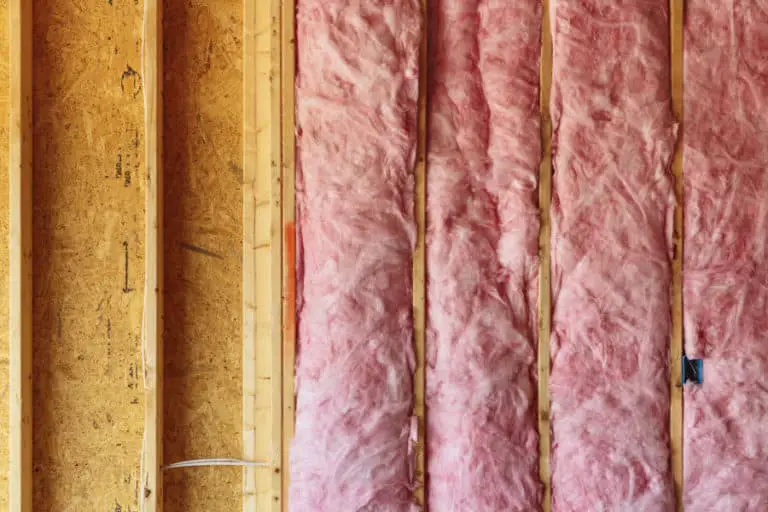Can You Wallpaper a Garage?
Garages are often the first space that most homeowners enter. Depending on the design of your house, you most likely rarely use the front door, and instead enter through the garage.
Wallpaper is a finish with endless design possibilities. The design of a personal space such as a house should be an environment that reflects the users.
Can you wallpaper a garage? You can wallpaper your garage, as long as you take into account the conditions that a garage may experience. Garages are often used for “rougher” activities, compared to the other parts of a home, and endure much more wear and tear from these activities. Wallpaper is fully capable of handling these conditions as long as the correct measures are put into place.
In this article, we’ll be focusing on two main topics relevant to the question:
- Firstly, a deeper understanding of garages and the context that it gives. The context of the garage is essential to consider because it provides the conditions that the wallpaper will be in.
- Secondly, how wallpaper can be made to work in this context and how to keep it working. Knowing what you can do will help you choose how to correctly and efficiently install wallpaper in your garage and even other outdoor/exposed spaces.
What do garages experience?
A garage is the most exposed indoor spaces in a house. This exposure depends on the design of your garage and it’s orientation relative to the elements such as sun, wind, rain, snow, and your water system.
Garages are meant to “house” cars, and most homeowners also use garages as storage spaces. Garages aren’t considered as living spaces. Unless customized into a workshop, most people don’t spend a lot of time in garages aside from car-related or storage-related activities.
This isn’t to say that design is not important. All spaces in your house should look their best. Since the garage is the most exposed indoor space in your house, it’s also the one that is most probably going to be seen from the outside by people and cars passing by.
What do you do in a garage?
As mentioned in previous sections, a garage is a space where the “rougher” activities are often done. Since it’s more or less considered as outdoor space, a garage is not treated as delicately compared to other parts of a house.
The garage is often treated as the workspace, work in terms of manual labor of the home. It’s where you’d check on your car, prepare working materials for renovations, drill, hammer, grind, or simply tinker on some projects.
Even if you’re not into that sort of stuff, eventually you’ll have to do it. As a homeowner, you need to know at least what to do when a problem arises in your house, and most likely, that problem will require you to do some carpentry work for example.
How will garage use affect your wallpaper?
Regardless of the type of wallpaper you use, the garage’s conditions will reduce its lifespan compared to use in other spaces.
The moisture, air, and sunlight will have a significant effect on your wallpaper and will most probably either cause cracks, fading, peeling, or wet spots.
Wallpapers are meant to be an interior finish, and the garage is somewhere in the middle of the interior and exterior. This is the reason why universally, a garage is always separated from the main house.
In the modern age, anything can be made to work. Although there are more efficient ways to get it down, any finish or material can be used in construction.
Some buildings are made entirely out of wood, and it’s not uncommon to be in buildings without any natural ventilation, which was impossible in the past.
There are multiple ways to make wallpaper, an interior finish, suitable for exterior use as long as you put in the work.
Making your wallpaper suitable for garage use
There are multiple ways that you can make your wallpaper “weatherproof.” Although wallpaper, in general, is not weatherproof in itself, with the right support, it can work in a garage.
Generally, to make something weatherproof, the main factor is how well it can resist constant water and the interactions that come with it. This ranges from condensation (water forming on the object), evaporation (water drying from the object), and precipitation (water raining on the object). The answer to these 3 interactions is to waterproof your wallpaper
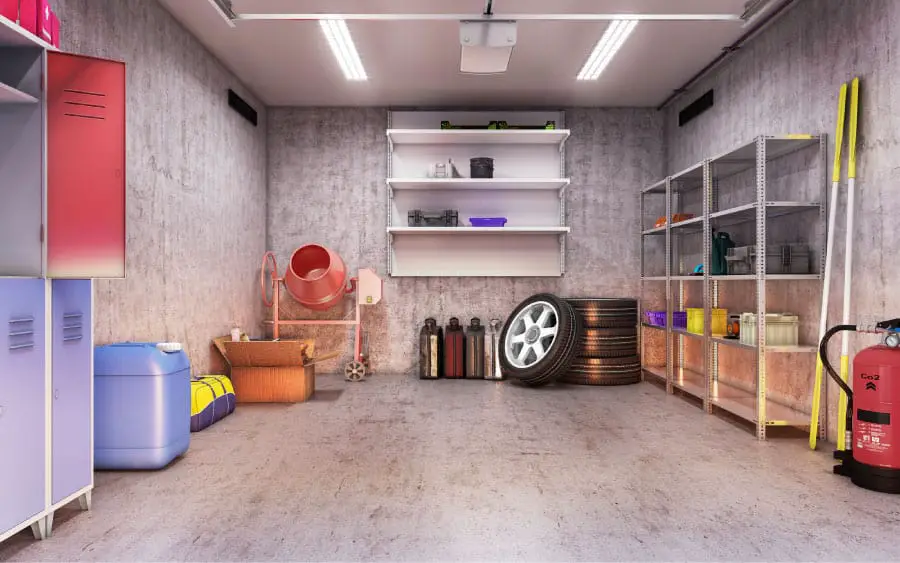
How to waterproof wallpaper
Here are three different ways of waterproofing wallpaper:
- Water-based varnish
The water-based varnish is best used if your wallpaper rests on wood or is made out of wood (including paper). Although varnishes and primers are made out of the same composition, namely a resin and a solvent, a big difference between the two is the intended material to be used on.
A varnish is absorbed by wood compared to paint, as well as a primer, which does not.
- Emulsion Glaze
The glaze is often used as a protective coat over the paint. Some glazes can change the appearance of the objects while others do not. The glaze adds a thin protective layer over an object and is the “finish” of a finish.
What makes glaze different from varnish and primer is that glaze is an outer layer while primer and varnish are absorbed or to be mixed with.
- Primer
Primers are often used for paint finishes. The purpose of the primer is to ensure that the paint is given better durability, better adhesiveness, and protection.
All of these waterproofing methods provide a finish that does not affect the look of the wallpaper as long as you install them properly.
All of these waterproofing methods are applied by brush, and as such, you should treat it as if you were painting, meaning even distribution of the material across the intended area.
Building up a good maintenance routine for wallpaper
For wallpaper, the best routine that you could apply is a cleaning routine—making a habit of cleaning your wallpaper at least 2-4 times per year.
General tips for cleaning wallpaper:
- Wipe away any dust on the wallpaper. Skipping this step will only cause the dirt to spread when you attempt to wipe with water.
- Unless stated otherwise by the supplier/brand, simply using cloth, water, and a bit of soap should be enough to wipe your wallpapers clean.
- For material wallpaper finishes, a vacuum could come in handy. A handheld vacuum would work best for this type of finish.
- As much as possible, do not scrub wallpaper. Paper as a material is highly susceptible to tears due to friction, especially if scrubbed when wet.
As with any other finish, avoid making a mess, or if it’s unavoidable, at least make an effort to contain it. Leftover materials such as food, oil, grease, etc. will leave stains if left unchecked.
Conclusion
Wallpaper and garages can definitely work together. Wallpaper has many different types, and each type of wallpaper will have its own needs that you need to take into consideration.
The best wallpaper for your garage will always be what looks best for you. Although there are design principles that you should follow in the end, it should always be to your personal preference.

